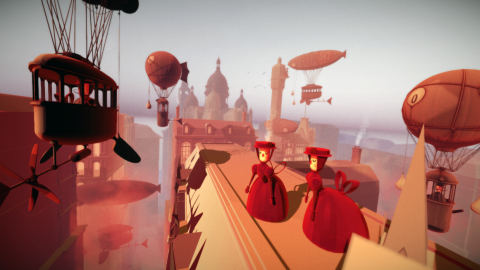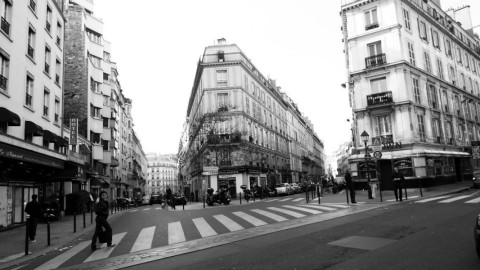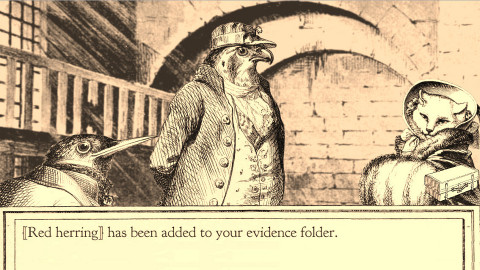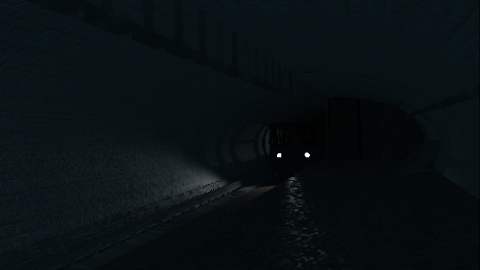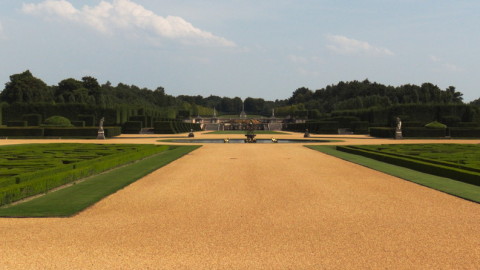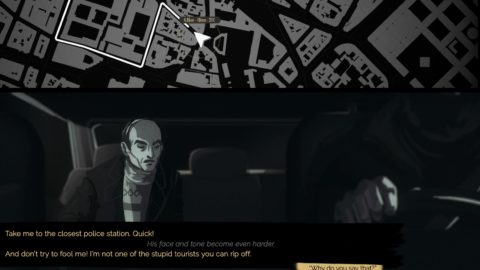
Night Call will bring you stylish French noir from the back of a taxi
Night Call‘s shade of noir-infused drama seems to be one part Drive (2011) and two parts Taxi Driver (1976). Upcoming for PC, iOS, and Android, Night Call will have you playing as a Parisian taxi driver who hopes to find the killer who has orchestrated a number of recent murders around the city. But you don’t do this in the usual videogame way—shootouts in industrial wastelands, chasing a black figure across a rooftop—the whole game takes place inside your taxi. the game uses a real city map for you to drive around Monkey Moon and BlackMuffin Studio, the two French…
